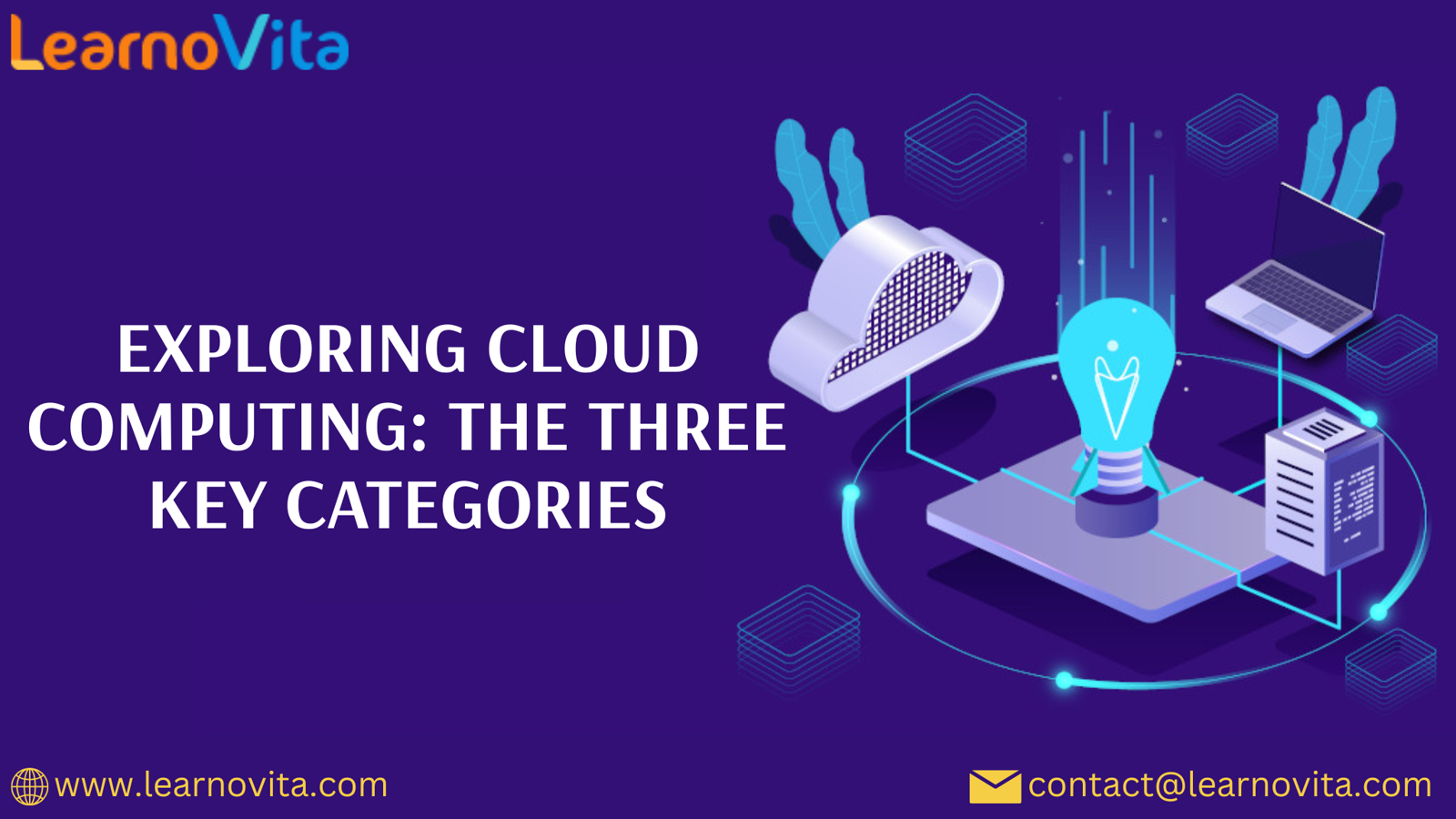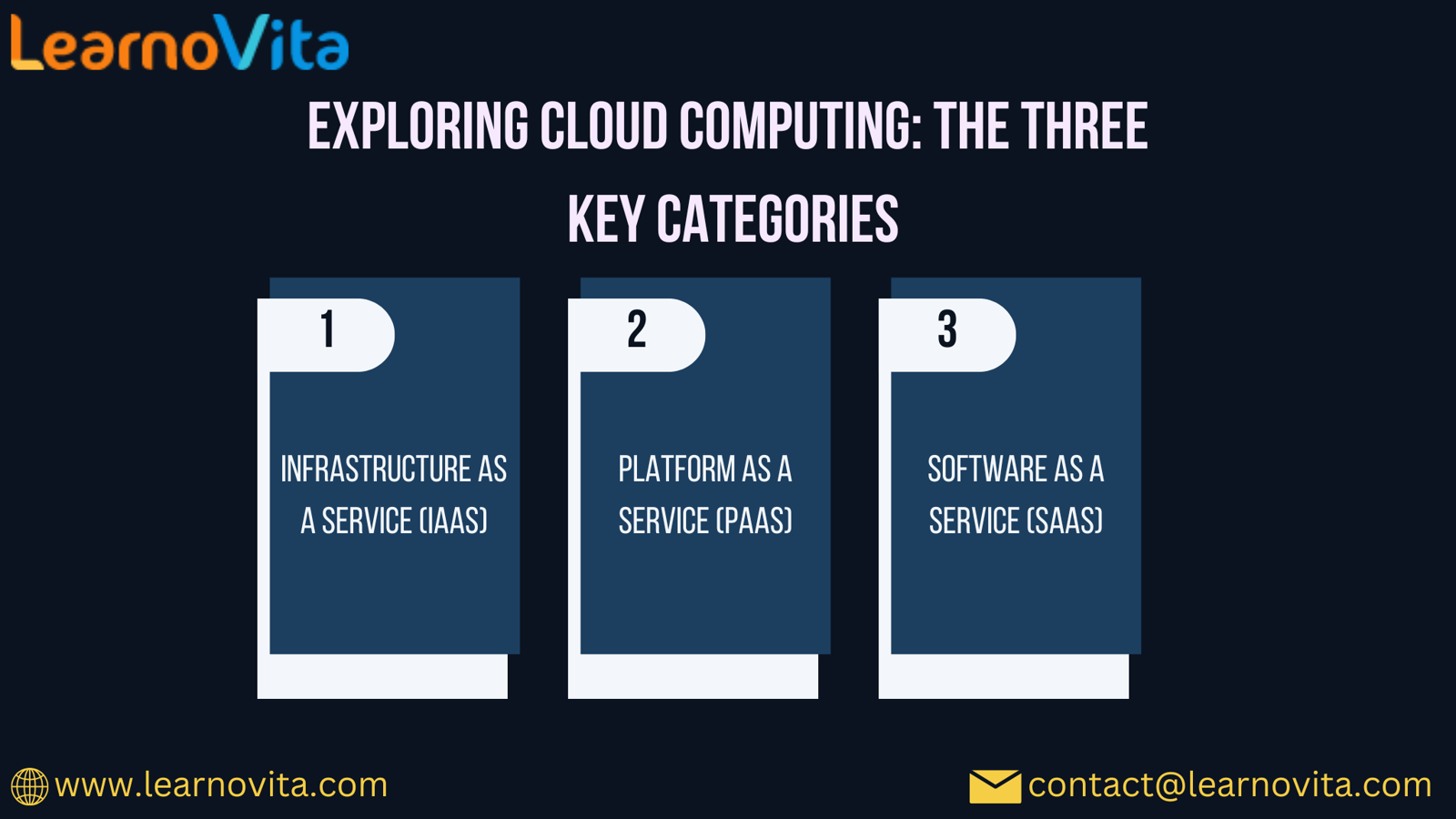A Guide to Cloud Computing: Understanding Its Three Main Types

What is Cloud Computing?
Cloud computing refers to the delivery of various computing services—including servers, storage, databases, networking, software, and analytics—over the internet. By utilizing cloud services, users can access resources remotely, reducing the need for physical hardware and enabling efficient data management.
The Three Main Types of Cloud Computing
1. Infrastructure as a Service (IaaS)
IaaS provides virtualized computing resources over the internet. It allows businesses to rent IT infrastructure—such as servers, storage, and networks—on a pay-as-you-go basis.
Key Features:
- Scalability: Easily scale resources up or down based on demand.
- Cost-Effectiveness: Pay only for the resources you use, minimizing capital expenditure.
- Control: Users have full control over their infrastructure settings and configurations.
Common Use Cases:
- Hosting websites and applications.
- Data backup and disaster recovery.
- Development and testing environments.
2. Platform as a Service (PaaS)
PaaS provides a cloud platform that enables developers to build, deploy, and manage applications without worrying about the underlying infrastructure. It offers a suite of tools and services designed to streamline the development process.
Key Features:
- Integrated Development Environment: Access to development tools, databases, and middleware.
- Collaboration: Facilitates team collaboration on application projects.
- Automatic Updates: Service providers manage updates, freeing developers to focus on coding.

Common Use Cases:
- Application development and testing.
- API management and integration.
- Business analytics and reporting.
3. Software as a Service (SaaS)
SaaS delivers software applications over the internet on a subscription basis. Users can access these applications via web browsers, eliminating the need for local installation and maintenance.
Key Features:
- Accessibility: Use applications from any device with internet connectivity.
- Automatic Upgrades: Providers handle software updates, ensuring users always have the latest version.
- Cost Efficiency: Reduces the need for on-premises hardware and software management.
Common Use Cases:
- Customer relationship management (CRM) systems.
- Collaboration tools (e.g., Google Workspace, Microsoft 365).
- Enterprise resource planning (ERP) solutions.
Conclusion
Cloud computing has transformed the way we access and manage technology, offering scalable, flexible, and cost-effective solutions. By understanding the three main types of cloud computing—IaaS, PaaS, and SaaS—organizations can make informed decisions about which services best meet their needs.
As the digital landscape continues to evolve, leveraging cloud solutions will be essential for businesses looking to innovate and remain competitive. Whether you're a business owner or a developer, embracing the cloud opens up a world of possibilities, enabling you to focus on what matters most: driving your success.

Comments
Post a Comment